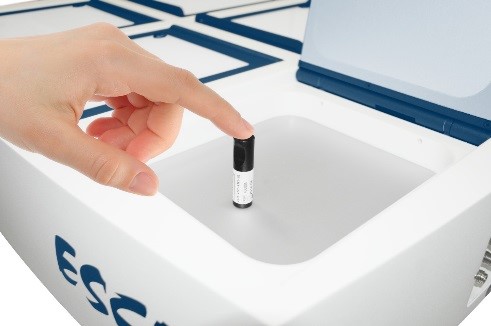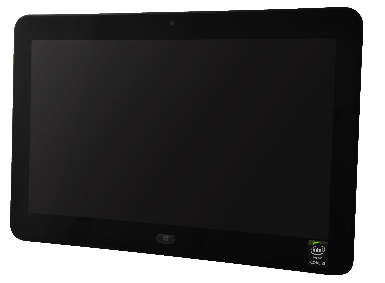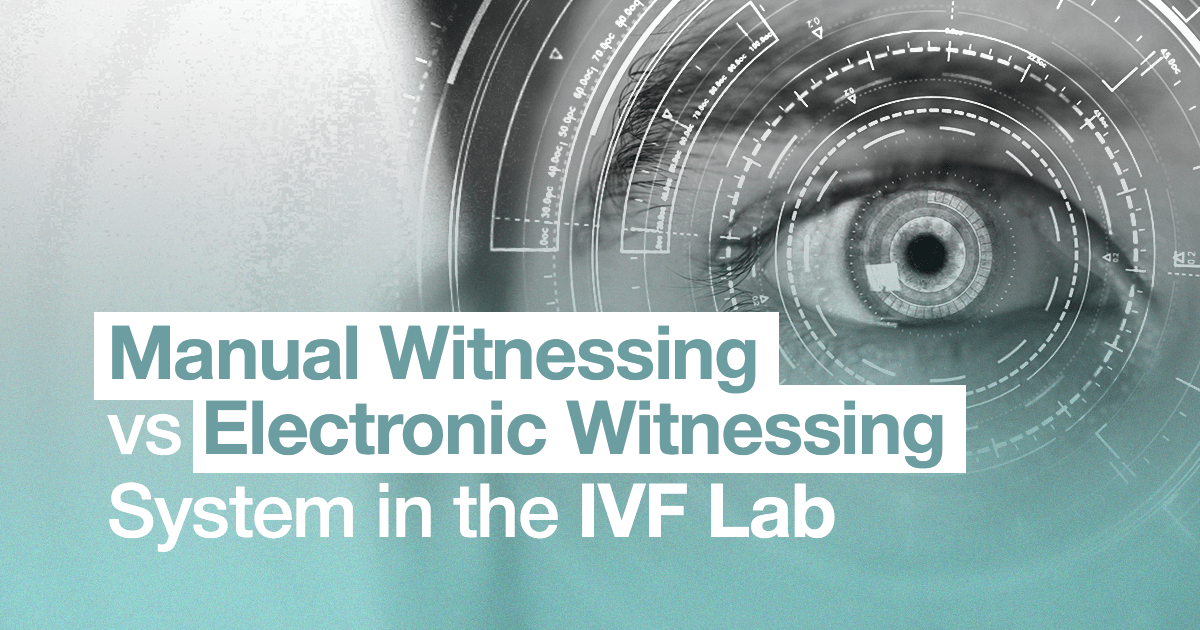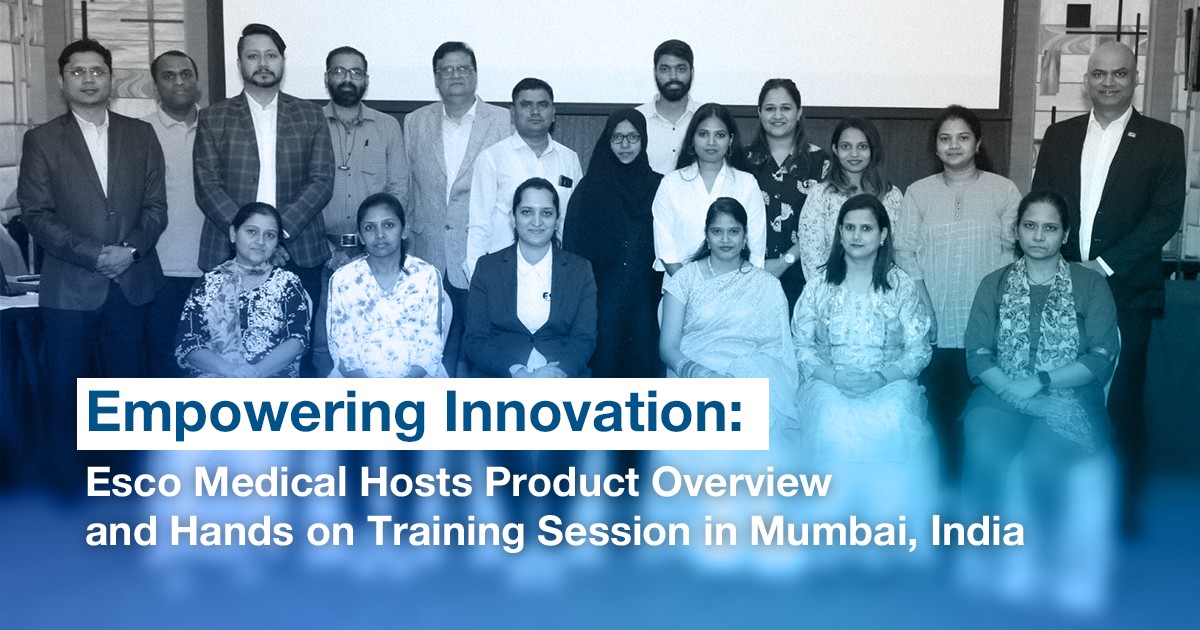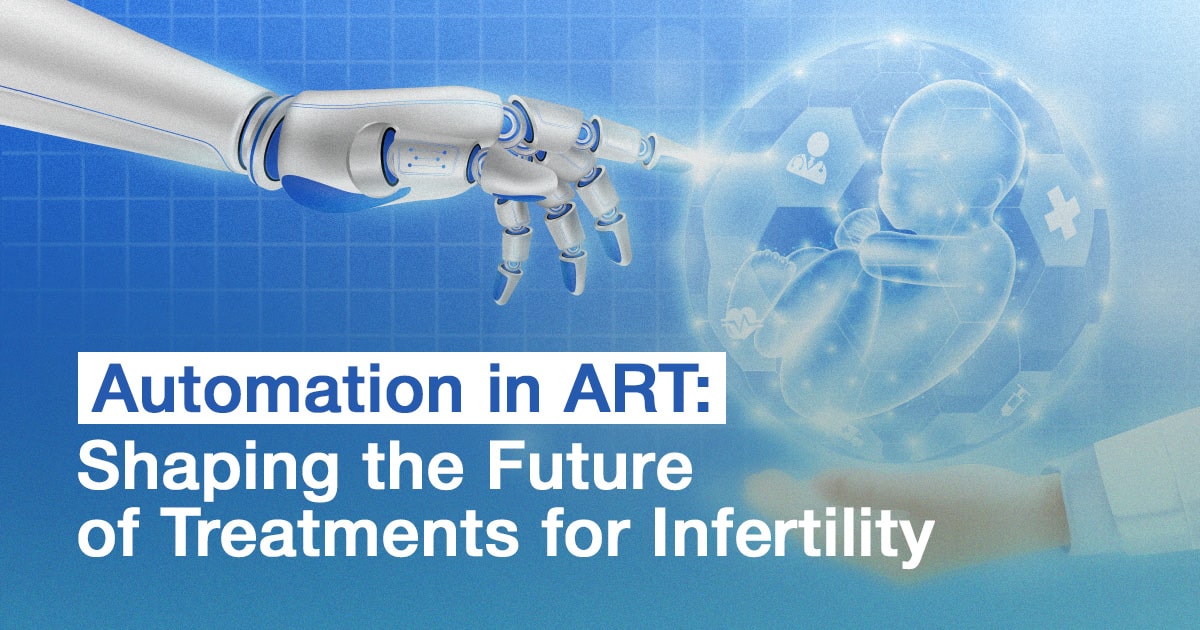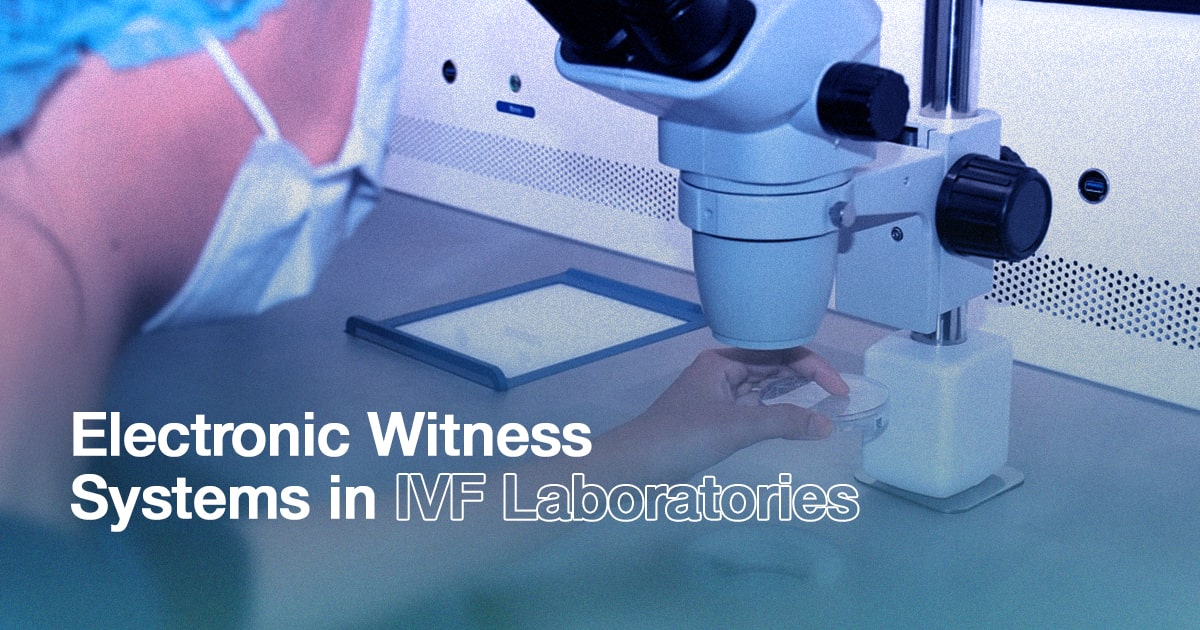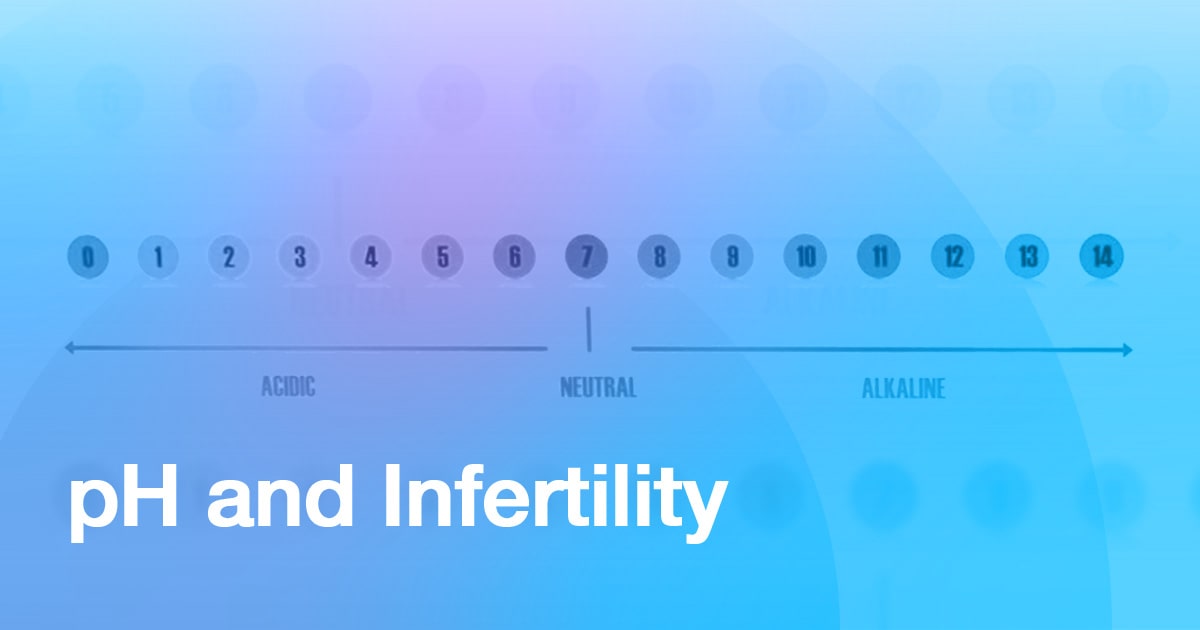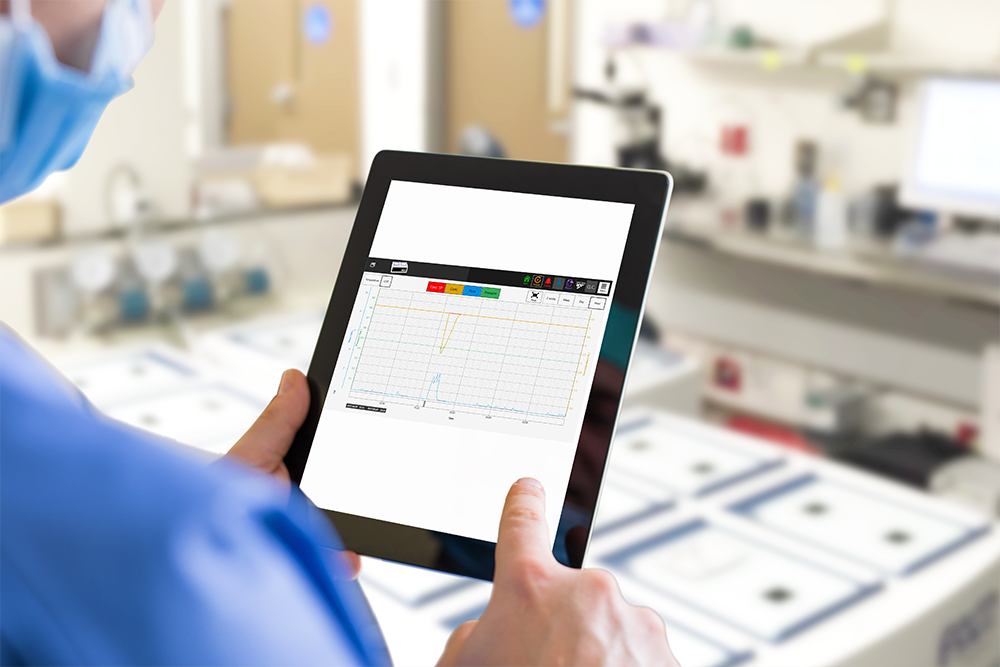
The importance of measuring pH
The embryos are fragile little beings and have a limited ability to regulate their internal pH (Swain, 2010). Embryos cannot regulate pH until it becomes a blastocyst at Day 5. Thus, it is important to put careful attention to external factors that affect pH of the culture media in IVF. Improper parameter set-points in growth conditions are stressors to a developing embryo and might be detrimental to its growth. Another source of stressor is periodic fluctuation in environmental conditions, which could be due to unstable incubator parameters. Perturbations can result in abnormal morphological developments and arrest in embryo envelopment. Hence, it is important to ensure that the incubator you buy provides the optimal pH condition.
An acceptable pH may be set between 7.2 and 7.4. Raising above pH 7.4 or lowering at about pH 6.8 in mouse embryos for 3 hours have shown to disrupt localization of mitochondrial and actin microfilaments as compared with the controlled setup. It has been observed as well at alkaline condition (Swain, 2010).
Measuring pH versus Monitoring pH
It is important to note that pH is dynamic, and it can change rapidly. The pH is influenced by the association-dissociation of compounds in the media, which is brought about by factors such as temperature (Swain, 2010). Measuring pH at certain time-points might not provide the overall status of the environment where the embryos are incubated. And any problematic fluctuations in environmental conditions that is unrecorded may be damaging to the embryos. The pH tracking over time discloses the quality, stability and safety of the biologic being measured.
Below is a graphical comparison between daily pH measurements versus SAFE Sens monitoring. On the weekend, it has been noticed that the pH went up to near borderline of 7.4, which was not recorded with spot pH measurement. The SAFE Sens pH monitoring was able to provide a historical trend data which allows embryologists to know immediately if their embryo culturing environment is changing and to what extent.
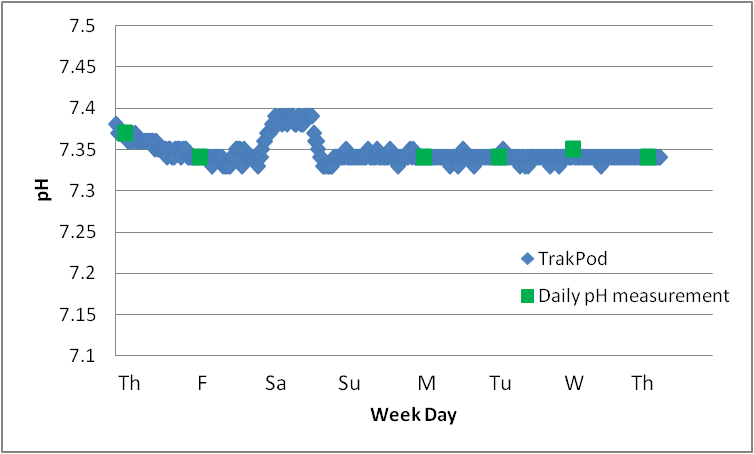
Here are some other pH profiles that are only possible with SAFE Sens monitoring.
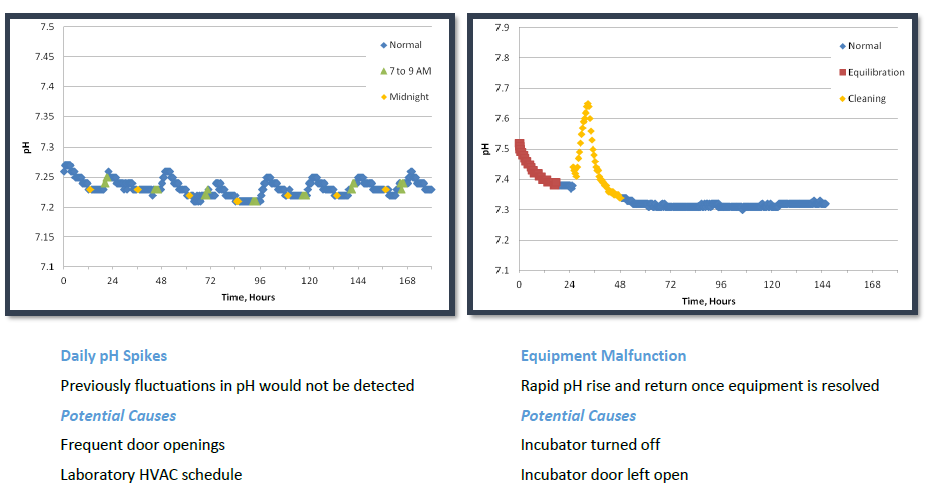
Comparative Table to see the benefits of a pH Monitoring Technology
You can find below a comparison among different pH measurement tools with its pros and cons. Clearly the SAFE Sens provides the following benefits over the conventional pH tools: (a) a decrease in time spent on pH protocols, (b) data trending to optimize media pH equilibration time, (c) having out of range email alert system, and (d) being noninvasive due to non-usage of petri dish and constant opening of the incubator.
|
|
Conventional pH Tools |
Conventional pH Tools |
TrakStation® II-12 |
|
Calibration Required |
Yes |
Yes |
No |
|
Labor Time Cost |
10 - 15 minutes per calibration |
10 - 15 minutes per calibration |
Less than 5 minutes per 7 days |
|
Temperature Dependent Accuracy |
Yes |
Yes |
No |
|
Invasive Product |
Yes |
Yes |
No |
|
Data Storage Capabilities |
Limited if Any |
Limited if Any |
Testing Data is Easy to Access |
|
Out of Range Alert System |
No |
No |
Yes |
|
Culture System pH Trending |
No |
No |
Yes |
*Source of Table: BCSI (manufacturer of SAFE Sens technology)
Why SAFE Sens?
SAFE Sens (Sterile, Automated Fluroscopic Evaluation) offers fast, effective, and non-invasive continuous pH monitoring product for in vitro fertilization (IVF). The SAFE Sens Technology employs an optical fluorescent measurement technology, used in combination with disposable sensors, which accurately and reliably monitors the pH of small volumes of fluids such as the media used in the IVF.
Components and Parts
|
Components and Parts |
Description |
Photo |
|
SV2 Sensor |
The SV2 Sensor is a small surrogate vessel into which you put a sample of the media for pH tracking. It's a single use sensor that can be used up to seven (7) days of pH readings. |
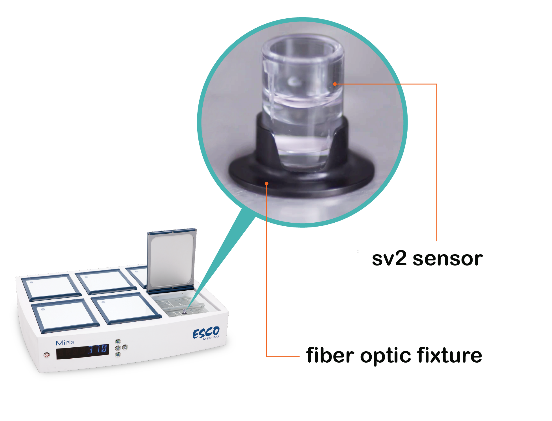 |
|
Fiber Optic Fixture |
The Fiber Optic Fixture is the part where the SV2 sensor fits into. The machine reads this result and calculates the pH of the media sample. You can set the timing of this measurement to be once per minute or once every 30 minutes. |
|
|
QC2 Alignment Tool |
The QC2 Alignment Tool is a fluorescent standard used for System Alignment and Quality Control. The alignment requires no buffer solutions. |
|
|
SAFE Sens TrakStation |
The SAFE Sens TrakStation provides real-time information of pH measurements. The TrakStation can be connected to eight (8) incubators by using a USB 3.0 Hub. |
|
Notes:
1) One QC2 alignment tool can be used on all incubators. If incubators are located in separate rooms, you may have to order more than one QC2 tool.
(2) QC2 Alignment tool and SV2 sensors have an expiration date of one (1) year.
(3) The Miri with SAFE Sens automatically comes with free one (1) pack of SV2 sensor, which is to be used for Site Standardization. Please determine how many additional packs you need for routine pH testing . Put into consideration that the SV2 sensor has one year expiration date. See page 4 for stock-keeping matrix
(4) One TrakStation can connect up to eight (8) incubators by using a USB 3.0 Hub. Determine how many PC tablets you need. (To be Announced)
(5) The Esco datalogger should be installed separately on another Windows PC/ tablet. Please see page 4 for the minimum requirements.
Frequently Asked Questions
1. How often should I replace the QC2 alignment tool?
The alignment tool should be replaced every year.
2. I have 6 MIRI® incubators. Do I need to have 6 QC2 alignment tool too?
One QC2 tool can be used for all incubators.
3. Is the preparation for the SAFE Sens setup the same for both MIRI® and Mini MIRI®?
The preparation for the culture media will be different for both MIRI® and Mini MIRI®.
|
Incubator |
Incubator Type |
Culture Media |
Oil Overlay |
|
Mini MIRI® |
Humidified (wet) |
100µL |
50µL |
|
MIRI® |
Dry |
100µL |
150µL |
4. How often does the SAFE Sens device measures pH?
By default, SAFE Sens will measure pH every 30 minutes for up to seven (7) days. Frequency of measurement can be changed in the settings to meet your requirement.
5. Are buffers needed to calibrate the SAFE Sens device?
No need for buffers. The QC2 alignment tool is designed for easy calibration.
6. How many incubators can I connect to one datalogger PC?
You can connect up to eight incubators to one SAFE Sens TrakStation using a USB 3.0 Hub.
7. Why do i need two separate computers for SAFE Sens and Esco Datalogger?
The SAFE Sens software operates on a different environment from the Esco datalogger and cannot be integrated together. The TrakStation is for pH monitoring while the Esco datalogger is for the other parameters such as temperature, gas concentration and overall incubator performance record.
8. What’s the minimum PC requirement for the Esco Datalogger?
*Windows 7 or Higher
*USB 2.0 port for each connected device
*Tablet PC or desktop PC
9. Can i provide my own tablet for the SAFE Sens pH monitoring?
We cannot guarantee continuous and full functionality of the device. Hence, we recommend you to buy the SAFE Sens TrakStation, which is already loaded with the software for pH monitoring.
SAFE Sens Ordering Guide
Want to know more details on how to order your MIRI® or Mini MIRI® Incubator with SAFE Sens? Download this flyer now.
References
Swain, J. E. (2010). Optimizing the culture environment in the IVF laboratory: impact of pH and buffer capacity on gamete and embryo quality. Reproductive BioMedicine Online, 21, 6-16.
